DRC Part 1: A remarkable country
There is no other country which map I have stared at for so long, no other country which geography I have studied with such an excitement, curiosity and feeling for adventure, as the Democratic Republic of the Congo (DRC), also called Congo-Kinshasa. Almost the size of Western Europe, five times larger than my own country, second largest in Africa, the DRC is immense. Add to that a remarkable colonial history, decades of wars and conflicts, infamously corrupt leadership, vast natural resources, the worst imaginable infrastructure and almost no tourism – and you get what I think a pretty damn interesting country to explore!
In Berlin 1885, the leading powers of Europe met at a conference where they intended to divide Africa among themselves and define the borders. Belgium’s king, Leopold II, who since many years had had his eyes on the previously unclaimed and pretty much unknown piece of land in the middle of the continent, ended up making the area that is now the DRC his own personal property. This land, which he named “Congo Free State”, was 75 times larger than his own country and he managed to keep it for himself for almost 30 years.
It is estimated that half of the Congolese population, about ten million people, died during Leopold’s rule, a figure that is surprisingly unknown. His obsession of ivory and wild rubber forced and enslaved people under horrible conditions, who died from punishments, murder, exhaustion, hunger and diseases. The resistance movement that eventually started to form gained most of its attention from photos of villagers having had their hands cut off – this was a common proof of that disobedient people had been killed.
After Leopold’s death, the Belgian state took control of the colony until independence was declared in 1960. Patrice Lumumba became president after an election but he didn’t last long. With ambitions to become less dependent on the Western world’s economy, he raised alarms among the many countries that had invested in and were profiting from the country’s mineral resources. After a couple of months of presidency trying to control the growing unrest in the country, he asked Soviet for help. This was too much for the United States (CIA) and Belgium who then supported the opposition which resulted in his execution. The name of the man who killed him was Mobutu, the first African president (or dictator) to ever have been officially invited to the US. Thanks to foreign support, he ruled the country for 32 years and became famous for his way of seeing his country’s wallet as his own, spending money on for example Concorde-flown shopping trips to Paris. A new word was even invented from his rule by combining kleptomania with democracy: kleptocracy.
Mobutu changed the name of the country to Zaïre, but in 1997 when he was overthrown by Kabila, the name changed again, this time to Democratic Republic of the Congo. Ironically, the DRC is in much less order than its neighbor Republic of the Congo and democracy is still the last thing that exists in this country. Infrastructure is another thing that is missing. This immense country has only about 2,000 km’s of paved roads, not even connecting the two biggest cities Kinshasa and Lubumbashi. I got a taste of DRC’s infamous road conditions just after crossing the sign indicating the physical border at Ndandanga in Bas-Congo. It was really, really bad and I wondered how it would look like in the interior. There was only one way to find out…
In West Africa, I cycled through and away from what would become the biggest Ebola outbreak in history, and then just before heading into DRC, another outbreak started here as well. Given the huge size of the country, I was surprised to hear that the outbreak happened just where I intended to go. The outbreak started south of Boende in the Equateur province, and immediately quarantine was announced within a 100 km radius. All hunting for bush meat in the whole Equateur province was banned too. But this didn’t change my planned itinerary.
Since I had to get back to Kinshasa to pick up my new passport whenever it would be delivered, I was planning to make a loop in the country. All the way into the middle somewhere and then try to cycle through the Monkoto Corridor that splits the Salonga National Park into two parts, Africa’s largest rainforest reserve and number two worldwide after Tumucumaque in the Brazilian part of the Amazon. When looking at satellite photos, I could see that there was a gap in the rainforest, but somehow I told myself that there must be a connection. After that, my plan was to reach Mbandaka where I would either build a raft or jump on a barge heading downstream and back to Kinshasa.
The long detour I decided to do to avoid the corrupted border at the river-crossing Brazzaville-Kinshasa turned out to take more time than I expected. Elections were being held in Sweden and I wanted to have time to vote, so I jumped on a bus the last day. They said the bus would leave at 8am, it left at 1pm. They said it would take 3 hours, it took the double. And halfway, we got a flat tire. My hips went numb after hours of rubbing them with the neighbors’ since the bus was packed beyond common sense. Despite all this, it was actually fun to break the travelling pattern, even just for a day!
The first thing I did in the capital Kinshasa was to visit the embassy to vote and apply for a new passport. The same night, there was a Nordic gathering at the Swedish residence where I made new friends. As always, there’s something special about meeting fellow countrymen when being far away from home. Before continuing I bought some local spare parts and ordered others from home. I was also informed that the 1,600 USD in mainly 1-dollar-notes that I had changed in Cameroon as a preparation for not seeing an ATM in a very long time – they were useless! Some idiot had told me that in the DRC, only the smallest denominations were accepted and that I could forget about being able to change anything bigger than 5 dollars. That explains why all of Yaounde’s street money changers came running from all directions when the rumor spread that the white guy wanted to buy 1-dollar notes. Luckily, I found one bank that accepted them.
Excited about the route ahead, I left Kinshasa with the aim set on reaching the middle of the country. I spent the first night cutting out a larva that had buried under my skin (second time). I would later get a third one as well. This species was different from the one I got in Cameroon though. When I tried to remove it, I noticed a cavity underneath and when I pressed on the sides, not only did the larva come out but also around forty tiny eggs. I was disgusted by the thought of having walked around with an entire nursery in my foot. Instead I moved my mind to something more pleasant. Like the appreciation of having things made from natural materials. I’m glad about my silk liner that feels so nice against my skin, my sleeping bag filled with down that keeps me warm at night, my merino wool t-shirt that is so comfortable, and a newly purchased shirt made from linen that is cool and airy with the sleeves cut off.
One day before reaching Kikwit while riding a steep downhill and bending low on the bike, I suddenly lost all control of the steering. Everything went so fast, I remember feeling that my front tire was flat, hence I was riding on the rim which is impossible at high speed, and then just before I took the fall I quietly said “merde” (bad word in French) to myself. I still don’t know what caused the flat tire, but it went in an instant so obviously the tube suddenly burst. The tire was a new one too. Anyway, I got up and saw my camera laying a few meters away, along with all other things from the handlebar bag. People quickly gathered – it must have been a scene seeing the white “mondele” at full speed smiling and bending low on the bike and the next second whispering “merde” and skidding on the pavement along with the bike until coming to a stop. I got some bruises, nothing serious but my hip, arm and neck were aching some. I had fallen next to a sign to the village’s hospital, so when they insisted to take me there, I reckoned it would be a good idea to clean and check up on the wounds.
I could tell that the doctor took great pride in treating a white man. He showed all the tools and items with great care and explained to me that they were all sterilized as he as a doctor took cleanliness seriously. Yet around me, he allowed almost a hundred people, mostly children, to stand one meter away, many of them sneezing and coughing as he cleaned my wounds. I told him we’re lucky the Ebola virus is not around in this province, otherwise it would not be a good idea to let them stand like this coughing over my open wounds. “It’s ok, they are only curious”, was his response. Hmm, I figured it would have been a better idea to do this myself somewhere else. It had become dark when he finished, and I just wanted to pitch my tent somewhere quiet, away from the village crowd. I was shown to the football field and made my camp where I slept surprisingly well given the accident, especially since the camera autofocus broke, several panniers got ripped and a bottle cage cracked etc.
The following morning, I woke up feeling a bit miserable and put on Fredrik Åkerströms “Jag ger dig min morgon” on the iPod. Ironically, while singing along the first verse “Again, the day dawns at your pale shoulder” – I stared at my own shoulder which now had a big white patch on the otherwise tanned skin. My hip ached too much to cycle so I took a shared taxi the next 100 km’s to Kikwit, where I had planned to rest for a few days anyway. I was mostly concerned about one thing: I was next heading back into the hot and humid tropics, this time to embark on my most ambitious and adventurous route so far, in the rainy season, near the Ebola outbreak, and I thought I better have these wounds dried and healed before I do so. So I ended up staying five days in the best hotel Kikwit could offer. Like most other things in the DRC, this hotel had seen its days of glory. Empty and cracked fountains in the garden and a hole in the wall left from the AC had now been replaced by four hours of electricity and a bucket shower, yay!
Not only did the pavement end outside Kikwit, but I also got off the main road that continues to Lubumbashi. Instead, I headed north/north-east and from now on I was on sandy roads. Surprisingly sandy, I had to get off and push the bike all the time. This day I experienced my lowest daily average speed ever: 8.3 km/h. Tired from all the pushing, I was glad to find a Catholic mission where I pitched my tent protected from the rain. This was my first time encountering such a place, but here in the DRC they are plenty and I ended up staying at countless Catholic missions during my time here. These missions, constructed during colonization, are together with administrative facilities built by the Belgians usually the best preserved and what most resembles proper buildings. The missions are airy, peaceful and quiet and offer a good environment to sleep in.
I also started to meet many people with bicycles, mainly as a way to transport goods. These guys had travelled about 400 km’s and were heading another 300 km’s, with an approximately 200-250 kg load of smoked fish (!):
The landscape started to become less dry and was incredibly beautiful. The rains had painted the hills as green as green can get, with the golden sand road cutting its way through the landscape. The hills were covered with trees and the valleys looked more like savanna. Villages were always located on top of the hills. I never got a good answer as to why, because people have to walk a long way to fetch water, but perhaps it’s because there’s less insects here, and the houses are less likely to get washed away in the heavy rains.
I’ve seen some clever toys here in the DRC. Usually, if the kids don’t run after an old bicycle rim or tire that they steer in front of them with a stick, they make rather impressive cars or trucks. Sometimes even equipped with a steering wheel connected to the front wheels, these are made from pieces of wood, a tin of sardines and tires cut out from old slippers. I also saw a toy created from the following pieces: 1 leaf, 1 stick and 2 round fruits. But one that even I enjoyed playing with was one made from a stick and a string having a big flying insect attached to it.
Being a few days away from the main road, I noticed a difference in the meetings with people. They were not at all used to seeing whites and I got a lot of attention. Sometimes I had the opposite effect though. Like when I happened to appear all of a sudden on a remote road and taking children and young women by surprise, they could drop whatever they were carrying on their head and flee into the bush. I always felt bad when this happened, and if I stopped trying to assure them there was nothing to worry about, it only made things worse and they ran further into the bush.
Another difference I saw was the big expectation that I had something to give. The amount of begging was horrible! Kids didn’t run after me screaming “money”, but instead, after having had a conversation, people always asked what I had for them. No matter if it was officials or non-officials. The elders were always the worst, it felt like they came from an age when every white person brought something for them. Together with all attention and curiosity that you receive, this is the most demanding part of travelling here. If it’s not money people ask for, it’s either food or something from my belongings. And when you finally think that you are having a normal conversation and perhaps even have made a new friend, it always ends up with a question for something. It’s a cultural difference, but also a common misbelief that all white people have a lot of money and that all white people therefore can give things away. Instead of actually being spontaneously kind sometimes, this has the opposite effect that you when it comes to sharing become more reserved and want to keep whatever food you have for yourself. It’s also interesting to see that if you give something, people don’t show much sign of appreciation but instead ask for more, because they think that you have a lot. Also a cultural difference… Asking for more when you have already received something is in at least my culture regarded as very rude.
Similarly, I’ve never met a population that complains as much as the Congolese. Almost daily, I heard people say “here, we suffer”. There was a lot of expectation on foreign aid although I didn’t see any of this like I had in other countries, but a lot of money and efforts are pumped into this country for this purpose, so I assume it’s mostly concentrated to the conflict areas in the eastern provinces. I met a lot of criticism towards the Kabila-government, which is very understandable. With disastrous infrastructure (that would get even worse the further I got into the country) and little or no money to support schools and medical centers, these people didn’t get any help whatsoever from Kinshasa. Perhaps the most visible thing of all was a strong faith in God and that he one day would come and help. It wasn’t all negative experiences though. For the first time in ages, I started to get invited for food. People were smiling a lot and I was often greeted with the sweet words “mbóte papa” and “papa mondéle”. The hospitality only increased the further I cycled.
One day, a man came up to me and asked a question: why do people live much longer in your country than in my country? It made me pause and think. The overall life expectancy in Sweden vs. DRC is 83 vs. 49.5 years (WHO, 2012). This difference is the same for almost all Western countries vs. Sub-Saharan African countries, let it be countries with desert and arid land without much rain, or fertile tropical lands. It’s of course due to external factors. Food, water and nutrition, diseases like malaria, typhoid, cholera and HIV, medical care and medicines, climate, working conditions – but how much does these things actually affect the overall life expectancy of a population? If I would settle down in a village here, would I live much shorter? And how much could actually people themselves, without external help, control factors such as nutrition and hygiene (health), if they knew that these were tightly linked with their wellbeing and life expectancy? Therefore, perhaps education is the most important thing for a better overall health, and of course also for development in general.
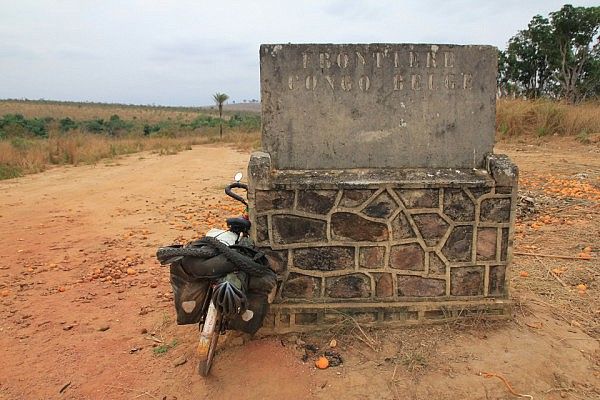
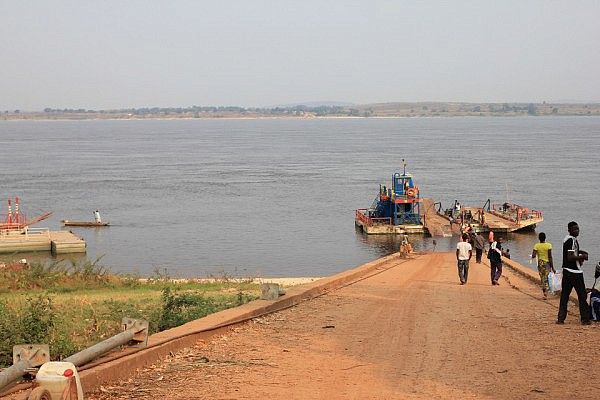
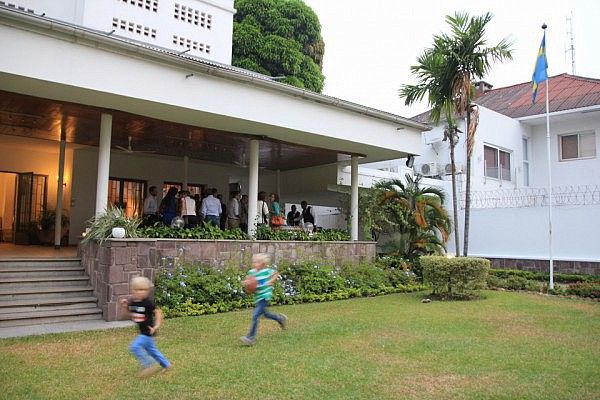
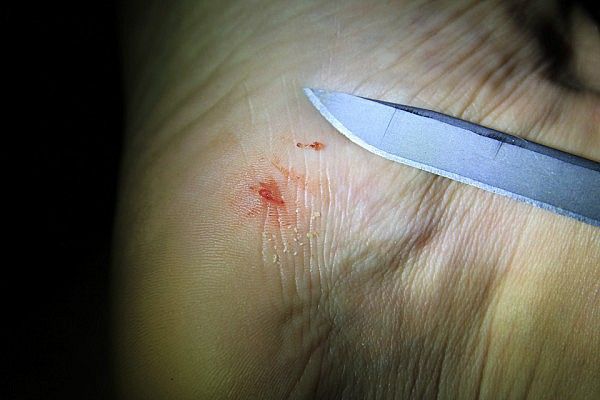
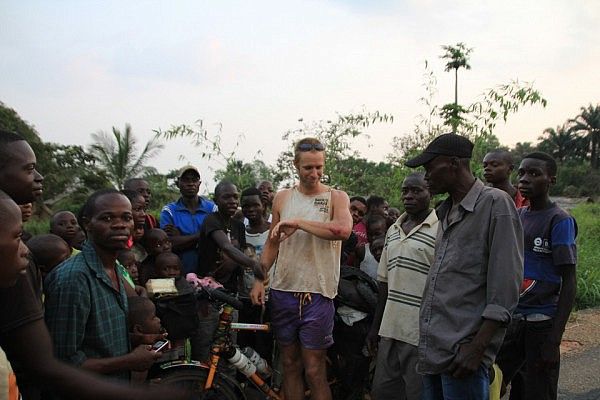
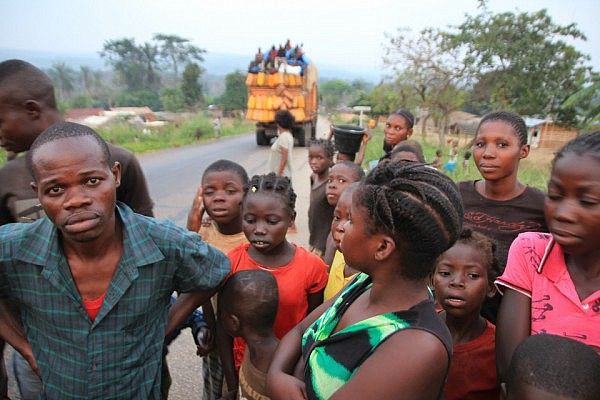
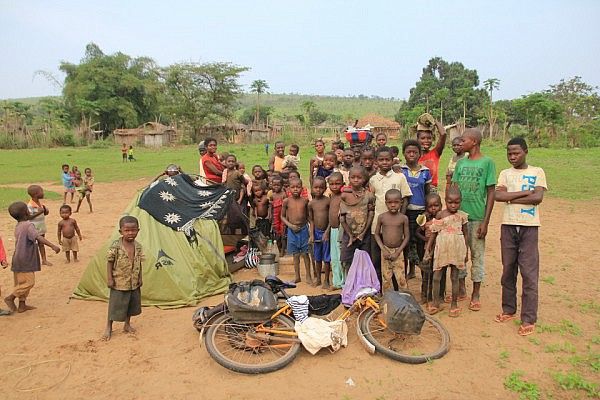
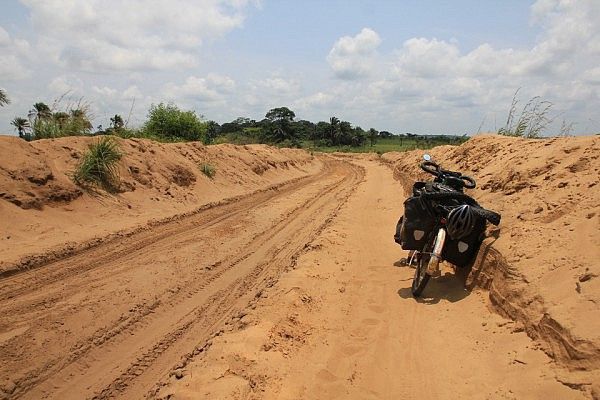
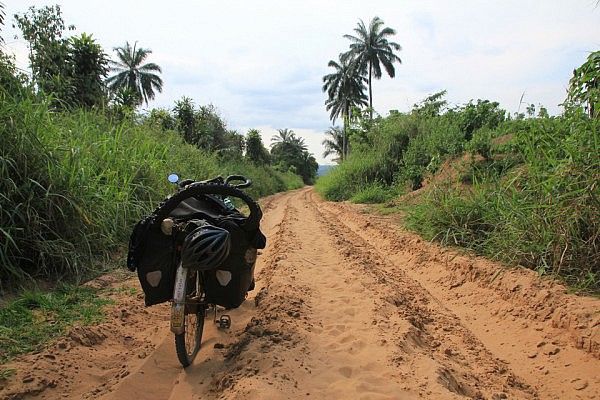
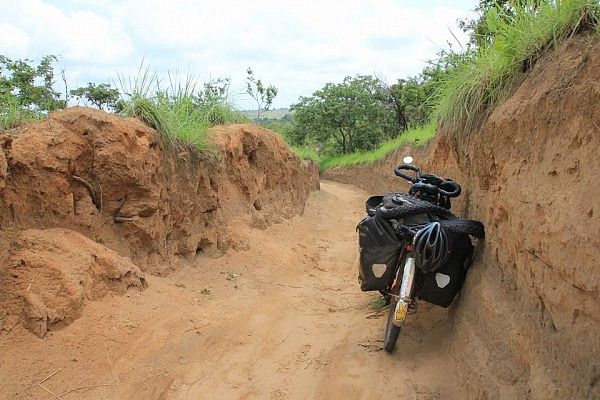
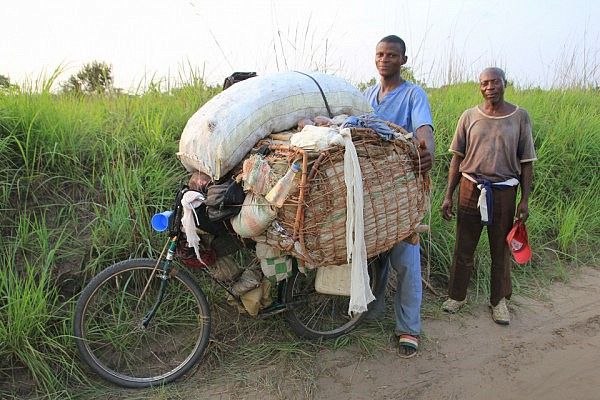

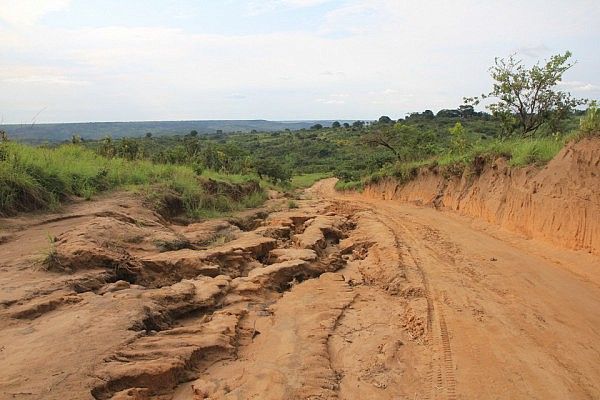
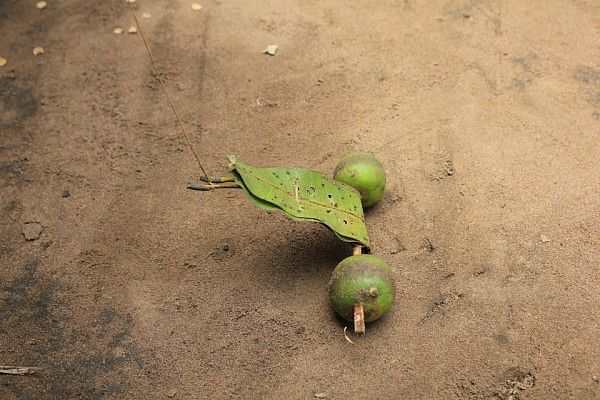

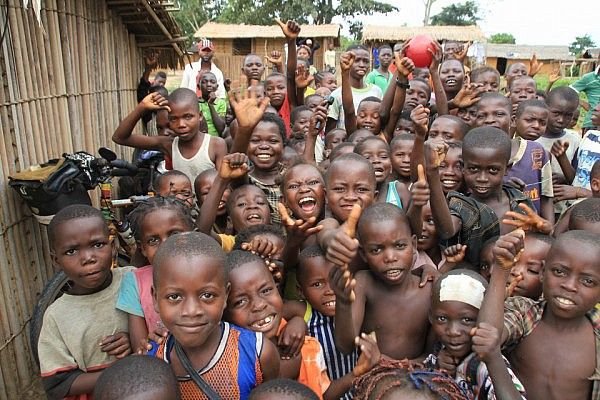
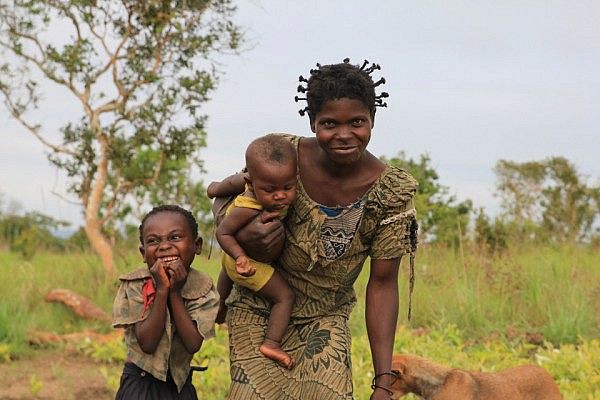
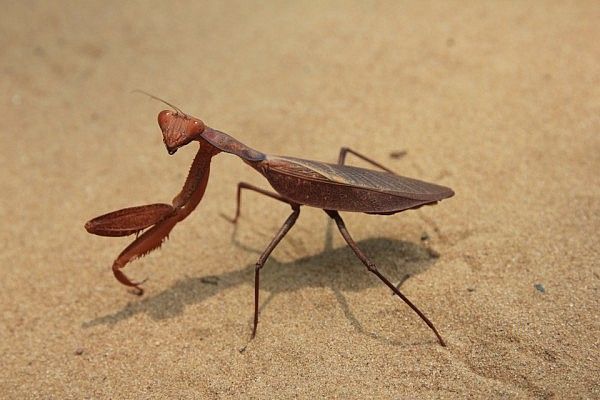
































Calle du är otrolig. Det är ett under att du överlevt in till dags dato. Du är ju totalt utelämnad till utfattiga människor i en värld där dina ägodelar kan fresta dem till vad som helst. Sjukdom och parasiter och allt annat som kan drabba dig. Vi håller tummarna för dig varje dag. Ser framemot den dag du kan hälsa på oss i Stenungsund. R o K.
Tack!
Nu känns det lite bättre. Jag var lite orolig för de områden som nu är passerade. Skönt att höra att du mår bra. Jag tycker ändå att Kongo verkar hoppfullt på något vis.
wow… what an adventure! hope you got all those larve out and the cut heals up as it should.
Fantastic trip, blog and pictures! However, what we know as “education” and “development” basically means integration into a system and way of thinking that is rapidly destroying the planet and all life on it. What is most needed in my opinion and of many others, is the respect for diversity (both cultural and biological) and the preservation of different ways of life, so that our species will have a bigger chance to survive when this rather recently invited death-machine called “Civilization” is finally gone. /William
*invented
Hej och Tack för allt Du har skrivit till oss. Har följt Dig hela vägen från starten i min hemstad Göteborg. Så otroligt lärorikt det varit att följa med på denna otroliga resa. Ser fram emot den dag Du är tillbaka i Göteborg och få träffa Dig och få lyssna till Dig. Med blåvita hälsningar/Gunnar Larsson.
Respect m’y friend
I sow you in Paris in 2013 !!
Be courageous
Take care
This is a very interesting journey written beautifully! Here are my thoughts on DRC.
The problems you see in the country are the legacy of long horrible history. When your country’s entire populaiton, land, culture, identity etc has been reduced to the ownership of one person, when you have been stripped of dignity and recognition as a human being, it becomes extermely diffcult to find faith or positivity in yourself and the rest of humanity. The legacy lives on and it should not be surprising that people complain a lot.
It is not only a matter of education and development. The nation and its people are broken, the wounds are deep and it takes a long time to heal. Plus, when the rest of the world is after your resources then and now, progress comes slowly as you fight a system far stronger than yours. It becomes exteremly diffuclt to see progress, diffcult to trust the government (local or otherwise) will truly stand for the right of the people. You see, the people have died more than ten million times, they have been betrayed more than ten million times. It takes much much more compassion and genuine concern by authorities for their wellbeing to even begin the path to education and development.
I look forward to the rest of your journey.
I wish you all the best!
Kul att läsa om ditt besök här hos oss i DRK! Lycka till på resten av resan! Fantastisk blogg! /Marie på ambassaden i Kinshasa